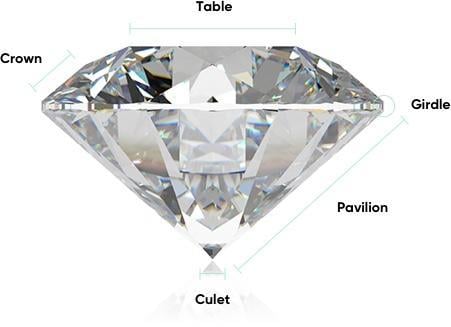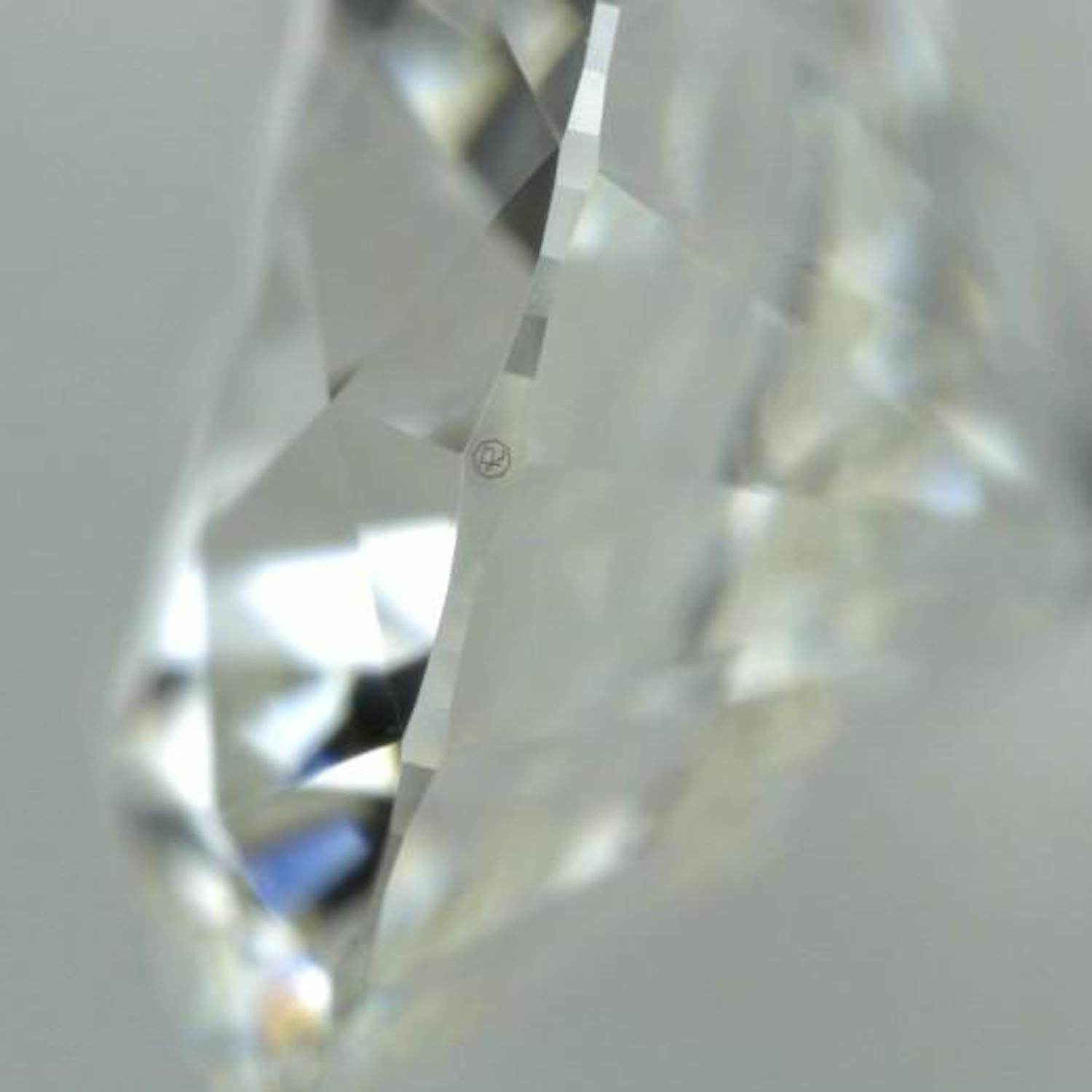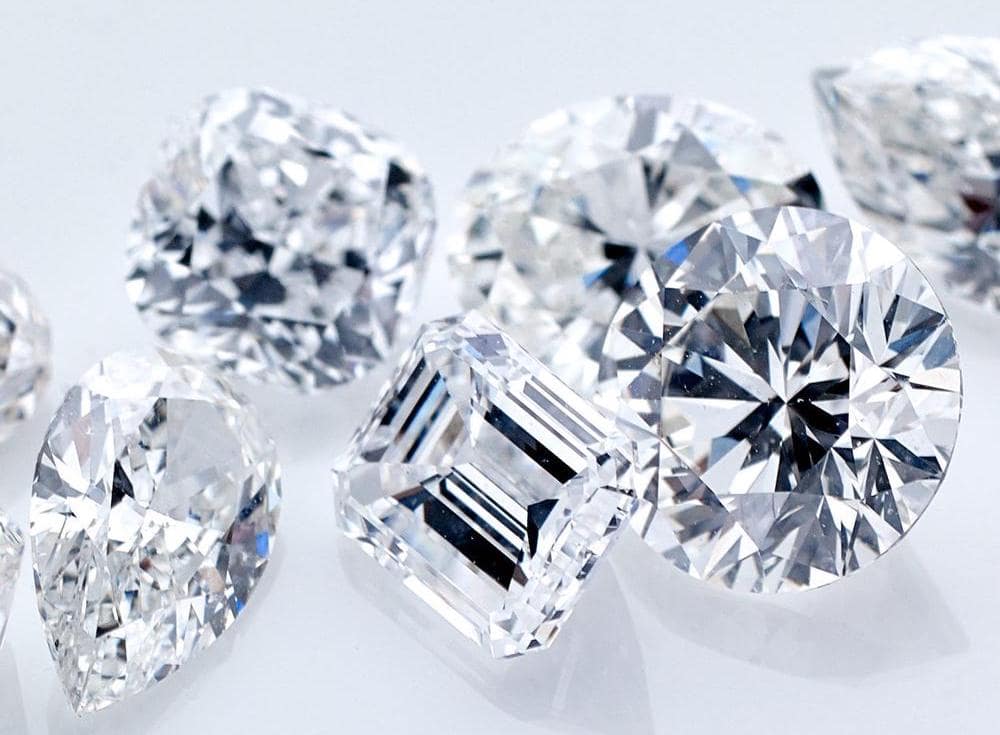Excellent Cut vs. Ideal Cut: Is There a Difference?
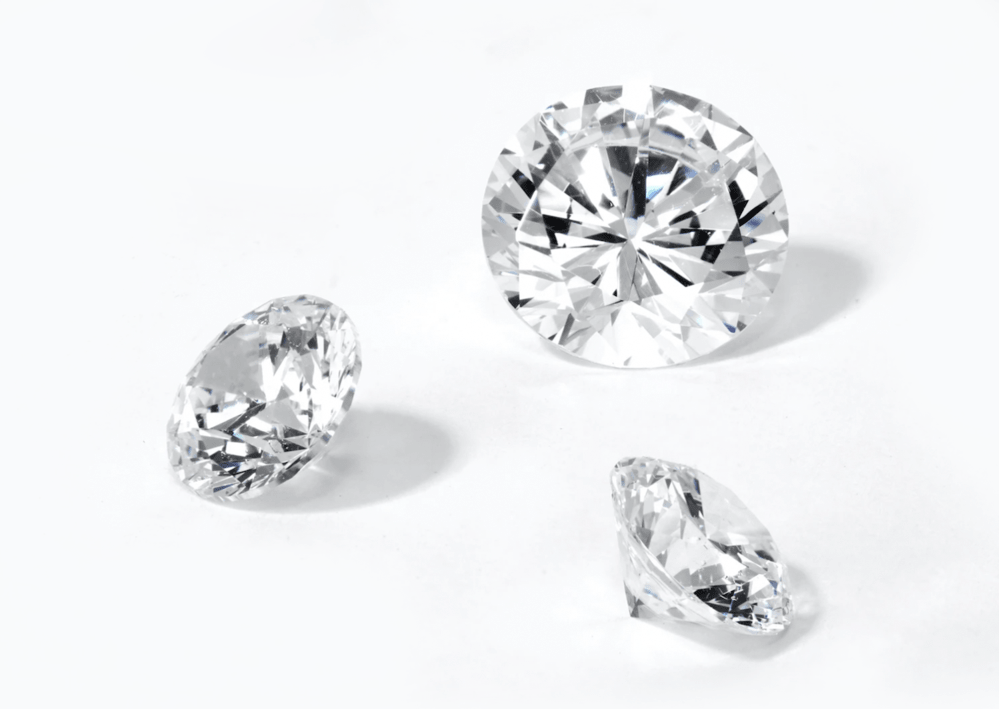
Cut is often considered the most important quality in a diamond. Keep reading to learn the difference between Excellent and Ideal cut grades.
The Elements Of Diamond Cut
Diamond Shapes
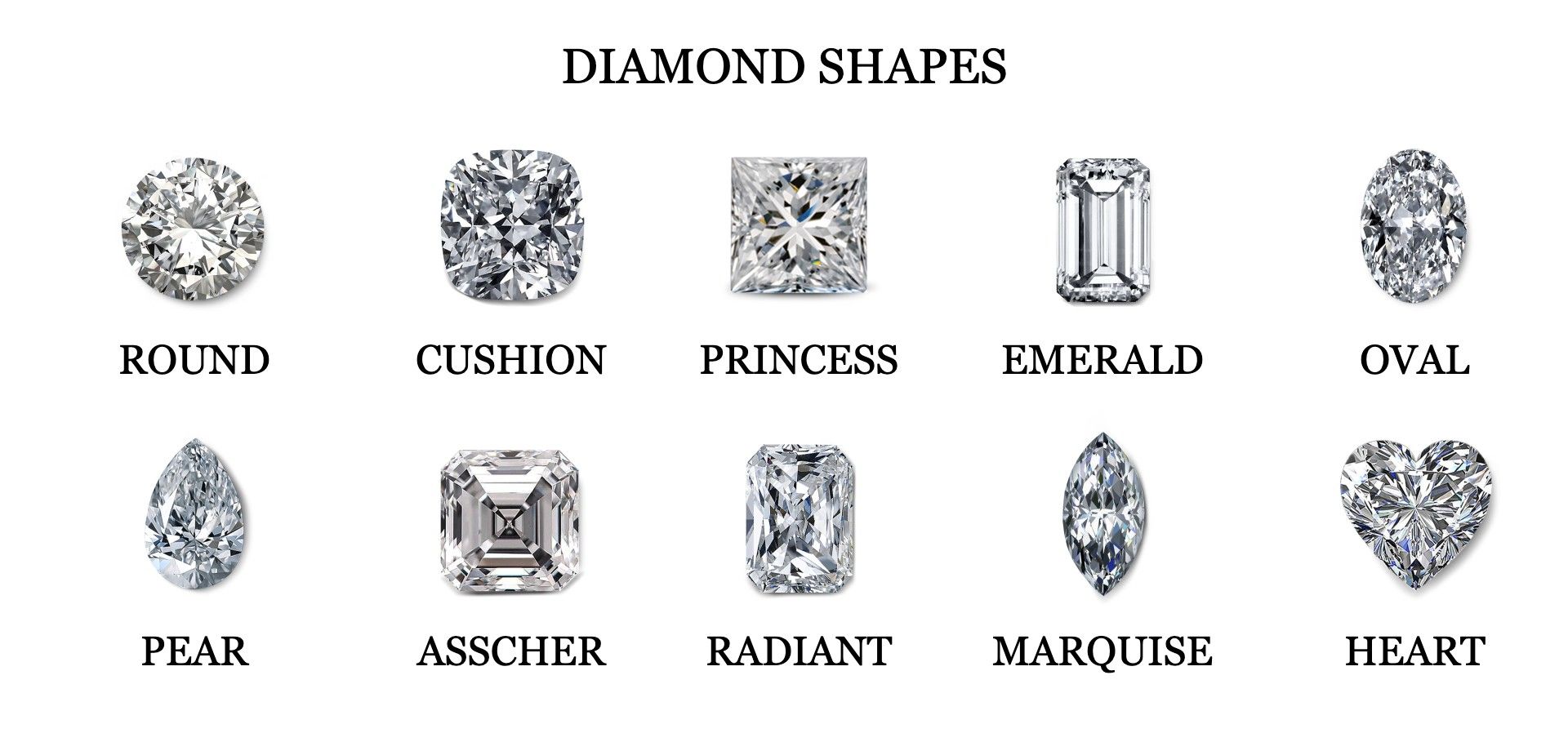
Diamond shapes such as the Round, Oval, Radiant, Marquise, etc., are technically called Cutting Styles and are often simply referred to as ‘cuts.’
When reading a diamond's lab report, diamond shapes are listed as “Shape and Cutting Style.”
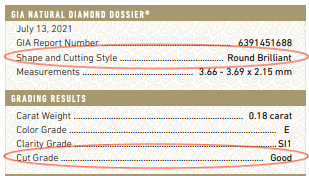
However, there is also a Cut grade assigned, which refers to how well the diamond was cut. This can make it a little bit confusing.
At Ritani, we list cutting styles as Diamond Shapes, and under the Cut search filter, you’ll find different cut grades.
Diamond Cut Quality
The famous 4Cs of diamonds are part of a scientific method to identify a diamond’s unique features and classify them by quality. The 4Cs are Color, Clarity, Cut, and Carats. It’s important for buyers to understand the different grading scales, as each C influences the stone’s value.
In the 4Cs, Cut refers to the quality of how a diamond was cut and polished, and this is what gets the grade, not the shape itself.
Why Is Diamond Cut Important?
Other features like Color or Clarity seem more straightforward and are often prioritized. Most people want their diamond to be as close to colorless and as clean as possible. But Cut is not that easy to explain or observe without comparing it to another diamond.
Nevertheless, Cut is crucial. A diamond with a low-quality cut won’t reflect and refract that much light, meaning less brilliance, less fire, and less scintillation—that’s a lot of impact for a single C! At Ritani, we consider Cut to be the most important out of all Cs.
Every diamond shape is created following a cutting process based on an established canon of ideal proportions. Diamond shapes were designed and refined over centuries to achieve two things: maximize carat weight retention and light return. The less material loss from a rough stone and the sparklier the end result, the better.
Rough stones can be tricky to cut, so not every diamond follows the exact ideal proportions of their shape. For example, some Marquise diamonds will have a longer or shorter height to width ratio, or a Round shape will have a slightly thicker girdle or a deeper pavilion. These slight variations are acceptable and are not defects. They are simply adaptations that were most likely performed to retain carat weight.
When the cut of a diamond deviates too much from the ideal proportions, the amount of light that enters the stone does not bounce back correctly.
Symmetry and polish are the two main aspects analyzed to assign a Cut grade.
Symmetry in Diamonds

Symmetry refers to how well the diamond’s facets are aligned and intersect with one another. Sometimes, certain facets are polished a little bit more in order to eliminate or reduce blemishes (superficial impurities) and earn a higher Clarity grade. There is also something known as color zoning; this can be described as color saturation in a very particular spot of the stone. Color can also be improved by cutting away a little bit more on one side or making the pavilion slightly more shallow.
So, when a diamond doesn’t have perfect symmetry, it’s not because it wasn’t cut by an expert hand or done carelessly. Many decisions have to be made as a diamond cutter unveils the secrets of a rough stone.
Polish in Diamonds

Polish describes how smooth is the surface of each diamond facet. Polish might not seem like a critical aspect to most people; still, the polish quality can result in a lower Clarity grade. In fact, almost all blemishes—which are external, superficial defects—are introduced in the polishing process. An excellent polish means the diamond is living up to its fullest Clarity potential. A poorly polished diamond can also reduce the stone's sparkle.
Excellent vs. Ideal Cut
The GIA’s Cut Grading Scale

The GIA is considered the utmost authority in diamond grading and gemology. They developed the 4Cs system and the grading scales used to evaluate Color, Clarity, and Cut. However, many do not favor their Cut Grading Scale in the diamond trade. The GIA recognizes just five Cut grades: Excellent, Very Good, Good, Fair, and Poor. The requirements for a diamond to fit into each grade are considered a bit too broad - meaning two diamonds sharing an Excellent cut grade might look very different.
It’s estimated as many as 55% of diamonds in the market with a GIA report have an Excellent grade. This supports the idea that the GIA’s Cut Grading Scale is too broad.
The AGS Cut Grading Scale

There are many other respectable gemological laboratories in the world. Some of them have come up with their own grading scales to describe certain aspects of diamond quality.
The American Gem Society (AGS) is famous, among other things, for its diamond laboratory reports. They have a slightly different way of classifying Cut quality, and their scale recognizes ten possible grades, twice as many as GIA’s.
The AGS scale is considered much more thorough and their Ideal grade—the highest possible in their scale—has a rigorous list of requirements.
AGS assigns Cut grades based on the results of different light performance tests, among other analyses.
Are Ideal And Excellent Cut The Same?
Not necessarily. A diamond considered by GIA to have an Excellent Cut could, by AGS’ standards, have an Ideal, Excellent, Very Good, or even Good grade.
Basically, ‘Excellent’ is the highest grade according to GIA, and ‘Ideal’ is the highest according to AGS. An Excellent diamond can correspond to an Ideal diamond, but not the other way around.
